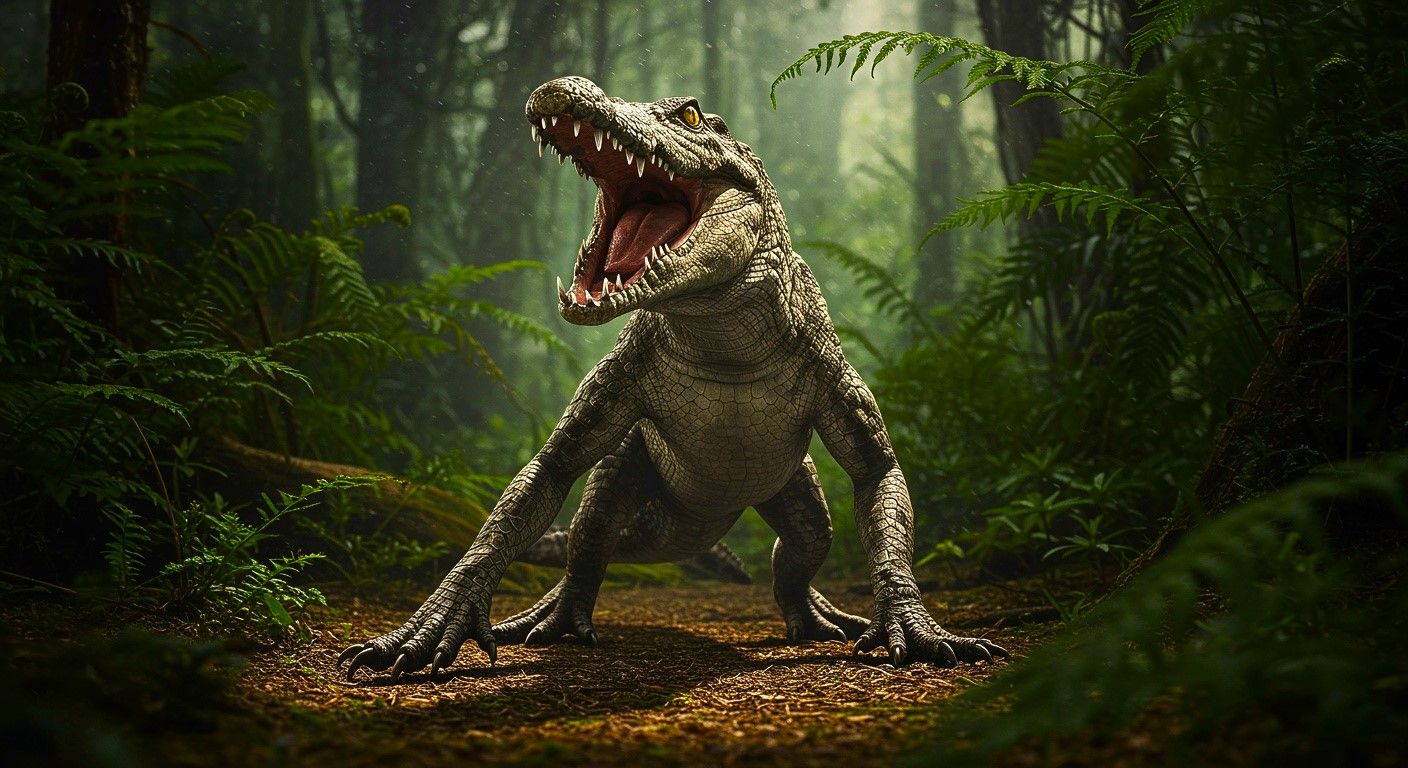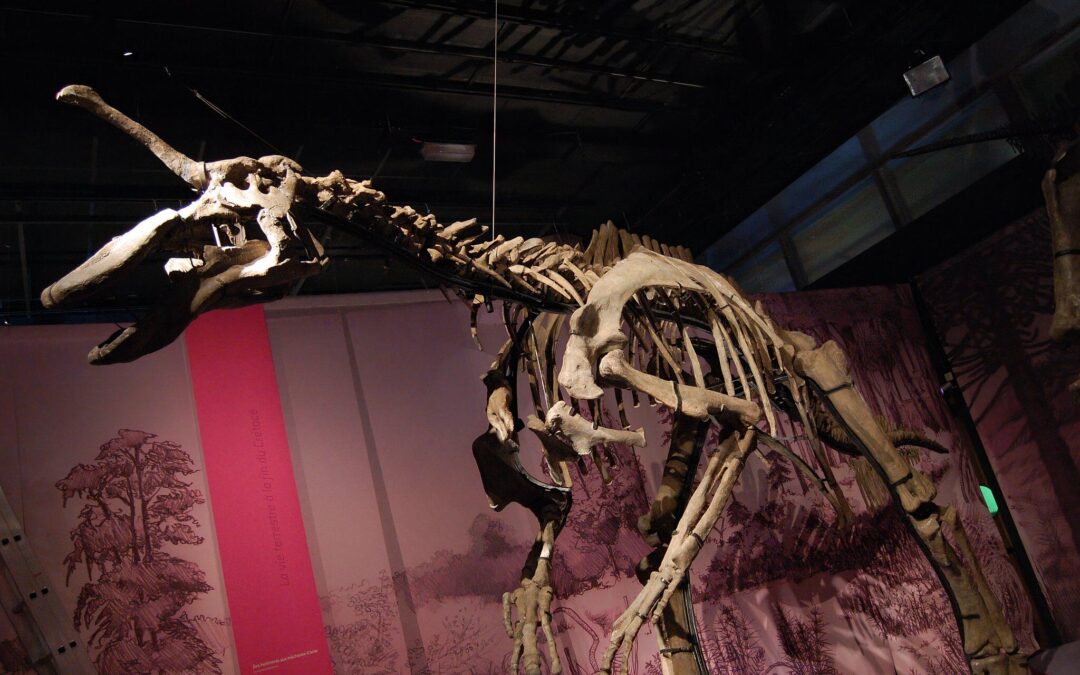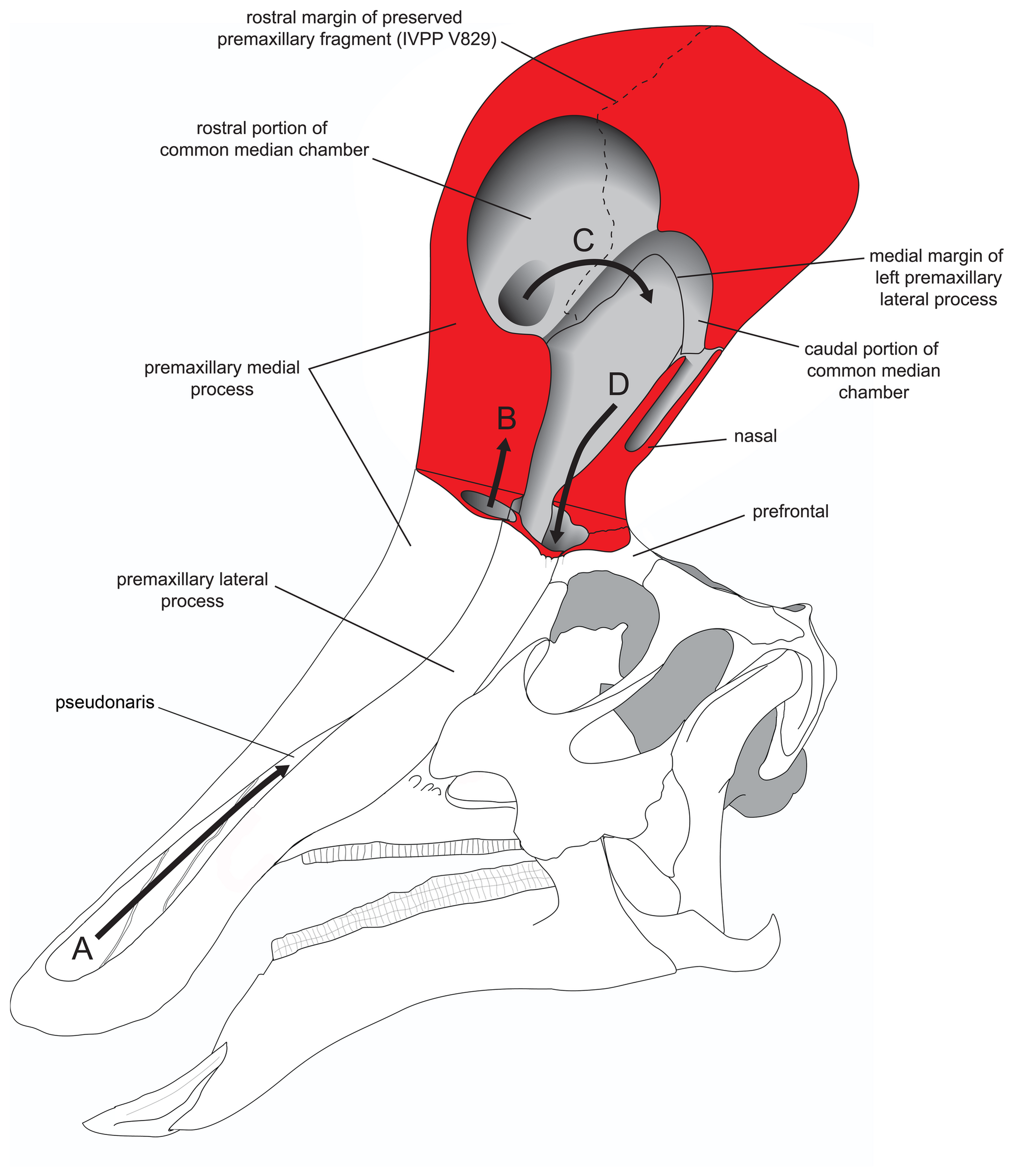When paleontologists uncover fossils, they do their greatest to know how prehistoric animals seemed and survived. However their first impressions aren’t at all times correct. With damaged bones, incomplete skeletons, or lacking context, it’s simple to misread key options and make assumptions that later develop into unsuitable. That’s precisely what occurred with the invention of a dinosaur now often called Tsintaosaurus.

Associated
New Discovery Proves This Fearsome Predator Took Much Longer To Go Extinct Than Experts Thought
For these historical crocodile-like mega-carnivores, a Caribbean getaway lasted hundreds of thousands of years.
At first, it gave the impression to be simply one other member of the duck-billed hadrosaur household, widespread within the Late Cretaceous interval. Nevertheless, one unusual element stood out and left researchers puzzled. The dinosaur appeared to have an extended, spike-like bone rising from the center of its cranium. As extra fossil materials was uncovered and older bones have been reexamined, paleontologists finally started to piece collectively a extra correct image of what Tsintaosaurus really seemed like. Here is what they discovered.
The Discovery Of Tsintaosaurus Initially Baffled Paleontologists
China is not any stranger to fossil discoveries. In 2015, researchers found one of many most fascinating fossils that phased experts, which additionally occurred to be among the many largest land mammals in Linxia Basin. Then, in 2021, paleontologists found 80 million-year-old dinosaur eggs fully intact in Ganzhou City.
Many years earlier than these discoveries, although, within the Nineteen Fifties, paleontologists in Shandong Province, China, uncovered a partial dinosaur skeleton in a Late Cretaceous rock formation known as the Jingangkou Formation. The fossils included components of the animal’s cranium and physique and have been described in 1958 by Chinese language paleontologist Yang Zhongjian, also called C. C. Younger. He named the brand new species Tsintaosaurus spinorhinus after the older Romanized spelling of Qingdao, a close-by metropolis.
|
Dinosaur Title: |
Tsintaosaurus spinorhinus |
|---|---|
|
Interval: |
Late Cretaceous (100.5 million years ago to 66 million years ago) |
|
First Found: |
1950 |
|
First Described: |
In 1958, by paleontologist Yang Zhongjian (C. C. Younger) |
|
Household: |
Hadrosaur |
|
Food plan: |
Herbivore |
Tsintaosaurus belonged to the hadrosaurid family, a gaggle of Late Cretaceous interval dinosaurs usually known as “duck-billed dinosaurs” due to their flat snouts. Hadrosaurid dinosaurs developed and diversified quickly, leading to all kinds of crest shapes throughout totally different species. Some have been tall and tube-shaped, whereas others seemed like helmets or fins.
“Our research reveals that the distinctive hadrosaur feeding equipment developed quick in a single burst, and as soon as established, confirmed little or no change. Compared, the frilly show crests saved diversifying in a number of bursts of evolution, giving rise to the various extraordinary shapes,” mentioned Dr Tom Stubbs, lead writer and researcher on the evolution of duck-billed dinosaurs at Bristol’s College of Earth Sciences.
What stood out essentially the most in regards to the Tsintaosaurus, although, was the spike-like bone on its head that didn’t match what paleontologists had noticed in different hadrosaur dinosaurs. Nevertheless, with out extra examples to match it to, its function and authenticity remained a thriller for many years.
Paleontologists Couldn’t Agree On What Tsintaosaurus Actually Seemed Like
Not like the tubular crests of hadrosaurs like Corythosaurus or Parasaurolophus, Tsintaosaurus appeared to have a single straight spike with a small break up on the tip, incomes it the nickname “the unicorn dinosaur.” Early drawings of the dinosaur added further options, like inflatable sacs, on the base of the weird crest to make it look extra “lifelike” and fill in lacking context. Nevertheless, even with these artistic inventive renditions, the spike nonetheless didn’t appear to be something seen in its shut family members.
Some researchers, together with French paleontologist Philippe Taquet, have been satisfied that the spike was a mistake. He instructed that the nasal bone had been moved misplaced after the dinosaur’s loss of life, which isn’t uncommon when fossils are buried or crushed over hundreds of thousands of years. Taquet additionally believed that the nasal bones really pointed ahead and downward, much like a subgroup of hadrosaurs known as saurolophines.
Though many different researchers questioned Yang Zhongjian’s authentic description of Tsintaosaurus, later fossil discoveries confirmed that his interpretation was largely appropriate.
Paleontologists Lastly Uncovered The Reality About Tsintaosaurus’ Crest
In 2013, researchers took one other have a look at the bones discovered alongside the unique Tsintaosaurus fossils. These included components of the higher jaw and the nasal space. At first, the bones had been labeled as belonging to a special hadrosaur species, however after intensive analysis, scientists realized they really belonged to Tsintaosaurus. This discovery meant that, opposite to Taquet’s speculation, the spike-like crest was an actual a part of the cranium.
With these new findings, paleontologists Albert Prieto-Márquez and Jonathan Wagner created an up to date reconstruction of the dinosaur’s head. They argued that the spike didn’t stick straight up as many earlier illustrations had proven. As an alternative, it probably angled backward and linked to a bone above the attention socket. The remainder of the crest, which hasn’t been discovered but, in all probability stretched from the entrance of the snout to the again, much like these of different crested hadrosaurs.
Mannequin of inner crest anatomy of Tsintaosaurus spinorhinus.
Whereas the Tsintausaurus was as soon as in comparison with a unicorn, it now appears extra probably that its crest was formed like a shoehorn. So, after many years of debate, researchers lastly uncovered a extra correct interpretation of what Tsintaosaurus seemed like. This proves that early interpretations of prehistoric creatures can usually be deceptive. But when Tsintaosaurus was misunderstood for therefore lengthy, what number of different dinosaurs would possibly nonetheless have inaccurate visible descriptions?




Recent Comments